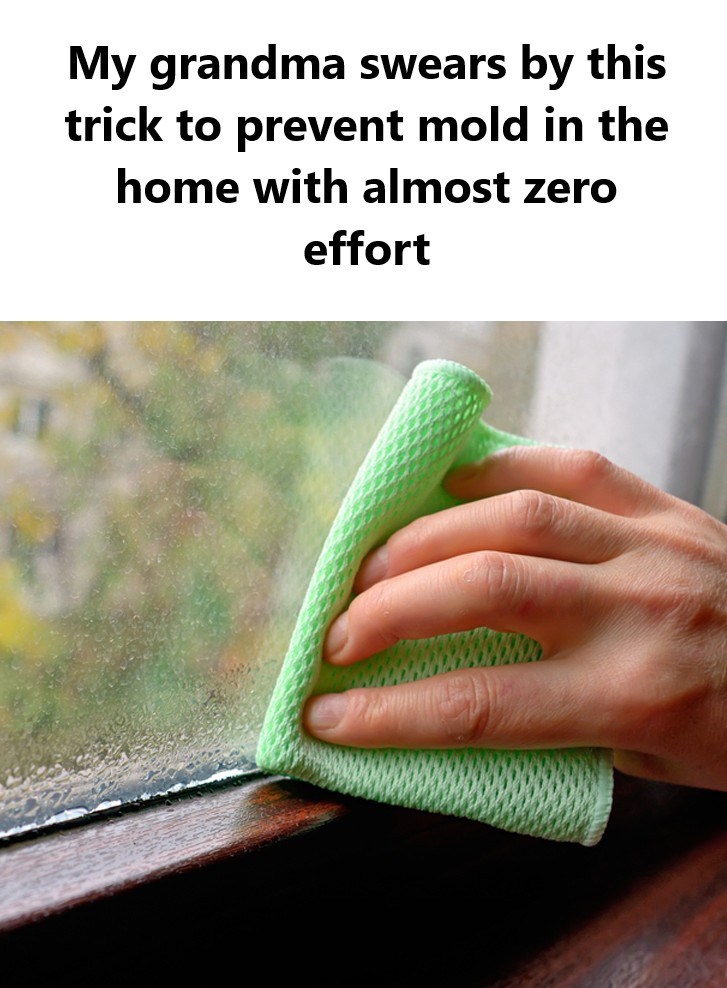Of course, we’d all prefer not to have mold in our homes. It’s harmful to both our living space and our health. While removing mold is one thing, preventing it is even more important. Here are some tips on how to effectively tackle mold prevention.
Moisture Feeds Mold
Mold can develop in almost any home, whether it’s new or old, and it’s not always easy to prevent. Mold thrives in damp areas such as bathrooms, bedrooms, and basements. The main cause of mold is excess moisture. How moisture enters the house depends on several factors, such as the building’s structure and how well it is heated and ventilated. In this article, we’ll explain how to recognize moisture in your home.
Ventilation
One of the most important ways to remove moisture from your home is proper ventilation. Ensure that moisture has a way to escape. Even on cold days, open your windows to let the moisture out. Older homes rely on natural ventilation, as mechanical ventilation was only introduced in the mid-1970s. Newer homes often have mechanical systems that not only remove moist air but also bring in fresh air. If your windows have ventilation grilles (dauerluften), be sure to open them regularly.
How Is a Thermal Bridge Created?
Moisture can also enter the home through structural issues, leading to what is called a cold bridge. This happens when there is a break in the insulation, often at the transition between well-insulated and less well-insulated sections of the home. Cold air can seep in at these points, while heat escapes, creating a cycle where more heating is needed, and moisture can develop, leading to mold growth.
Cold leaks typically occur at transitions such as where walls meet the roof or around window frames. Older homes, in particular, are more prone to these cold bridges due to outdated materials and construction methods.
What Helps Against a Cold Bridge?
see continuation on next page
What Helps Against a Cold Bridge?
To prevent cold bridges, the key is insulation. You can insulate exterior walls, interior walls, and cavity walls. Exterior wall insulation is the most drastic change, as it alters the appearance of your house and may require a permit. Interior walls can be insulated with false walls, a solution that doesn’t require a permit but does take up some interior space and requires repainting. Cavity wall insulation involves insulating the space between the inner and outer walls and can often be done without a permit.
Don’t forget about the roof, floors, and basement. Insulating the roof helps keep moisture out and prevent mold. Insulating floors and basements further reduces the chances of cold and moisture entering the home, especially in naturally damp basements. For some of these insulation tasks, it’s best to hire a professional, especially for cavity wall insulation.
What You Can Do to Prevent Mold Formation
In addition to structural causes, we as residents play a crucial role in preventing mold. Regular heating and ventilation are essential. Since energy prices increased in 2022, many of us have started heating less, which is great for saving money but not always great for our homes. Reduced heating means moisture lingers in the air longer, increasing the risk of mold.
Ventilation is just as important as heating. Damp, stale air must be expelled from the house, and fresh air must replace it. There should be continuous airflow throughout the home. If your home doesn’t have a mechanical ventilation system, make sure to open your windows for 15 to 20 minutes each day. After showering, dry the bathroom, but avoid opening the bathroom window on cold days—here’s why.
Cleaning
Do you already have mold in your home? It’s important to remove it promptly. Simple cleaning agents like vinegar or baking soda work well, while more stubborn stains may require a bit of chlorine. There are also commercial mold cleaners available, but make sure to read the instructions carefully. If the mold is deep in the walls, wood, or other materials, cleaning won’t suffice. In those cases, the affected materials need to be replaced.
By addressing moisture, improving ventilation, and insulating properly, you can significantly reduce the risk of mold in your home. And if you do spot mold, cleaning it quickly can prevent it from spreading.

